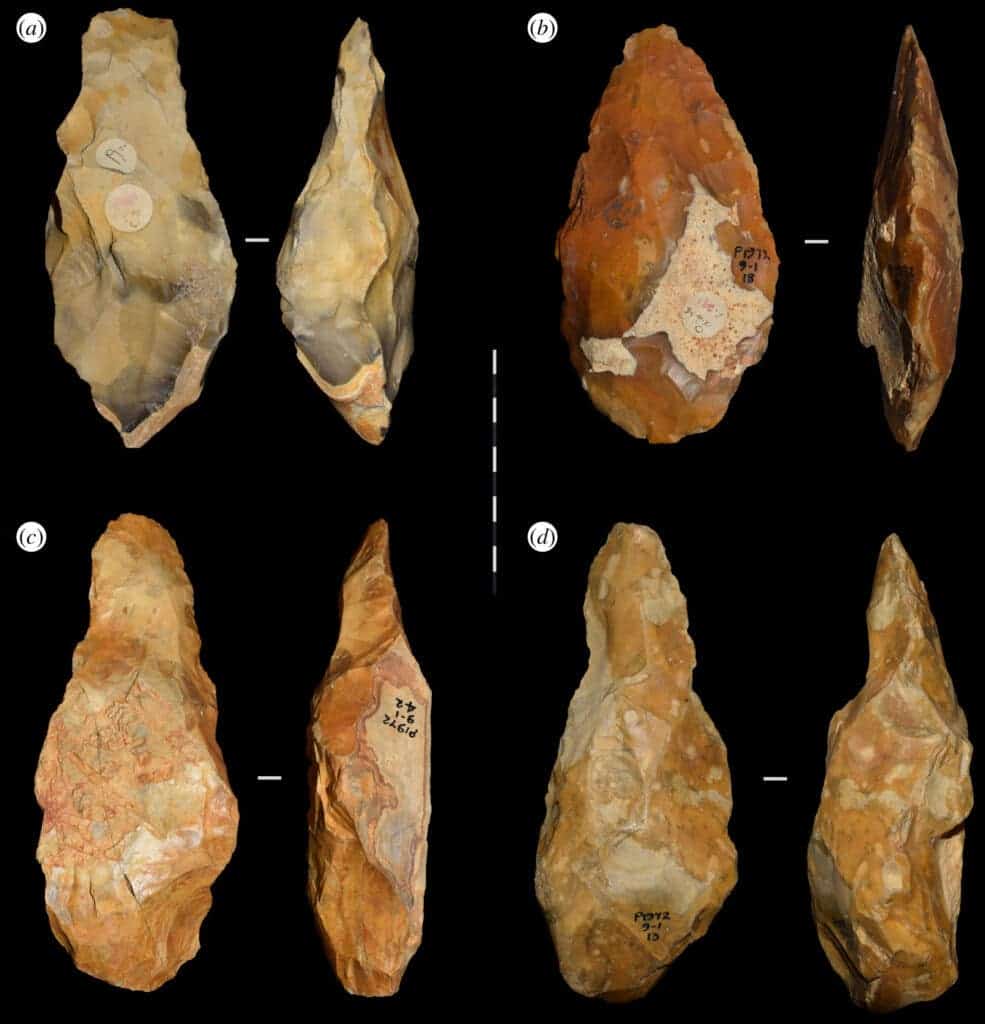Prehistoric tools found in an ancient riverbed in the city of Canterbury in the United Kingdom confirmed the presence of people in southern Britain between 560,000 and 620,000 years ago. This makes the site one of the earliest known Stone Age communities in northern Europe, and goes to show that there’s still plenty left to be discovered in this historic town.

The site was originally discovered in the 1920s when workers unearthed a set of artifacts known as hand axes, which are now in the British Museum. The axes didn’t garner very much attention until recently. Now, a group of archaeologists applied modern dating techniques to determine the age of the axes — and the dates came out as a shock. The researchers also carried new excavations at the site, finding further evidence of human activity.
“The diversity of tools is fantastic. In the 1920s, the site produced some of the earliest hand axes ever discovered in Britain. Now, for the first time, we have found rare evidence of scraping and piercing implements at this very early age,” Alastair Key, a Cambridge University researcher who directed the excavation, said in a statement.
Ancient hand axes
The researchers dated the hand axes by using a method called infrared-radiofluorescence (IR-RF) dating, which involves dating the sand in which the tools were buried. This was possible thanks to the new excavations, which helped establish which layer of sand at the site had contained the hand axes founded about a century ago.
When the tools were used, England wasn’t an island but part of the European continent, through an area called Doggerland. This allowed the residents in the area, who are believed to have been hunter-gatherers, to move around a larger landscape than the current coastline in Kent – close to the archaeological site in Fordwich, near Canterbury where the tools were found.

The researchers believe the tools were used by an ancestor of the Neanderthals, known as Homo heidelbergensis, who ate plants and animals. Many of the 330 tools found would have been used to process animal carcasses, potentially horse, deer, and bison, as well as plants. Also, the presence of scraping and piercing suggests other activities were carried out at the site.
“Scrapers are often associated with animal hide preparation. Finding these artefacts may therefore suggest that people during this time were preparing animal hides, possibly for clothing or shelters,” Tomos Proffitt, who analyzed the artefacts, said. “This suggest that hominins living in what was to become Britain, were thriving and not just surviving.”
European populations of Homo heidelbergensis likely evolved into Neanderthals, early humans that lived for 350,000 years and disappeared around 40,000 years ago, the researchers said. Early humans are known to have been present in England from as early as 840,000 years ago. A set of footprints in Norfolk are the oldest evidence of hominins living in Britain, but we may be only starting to discover the history of early humans in Britain.
The study was published in the journal The Royal Society Open Science.









